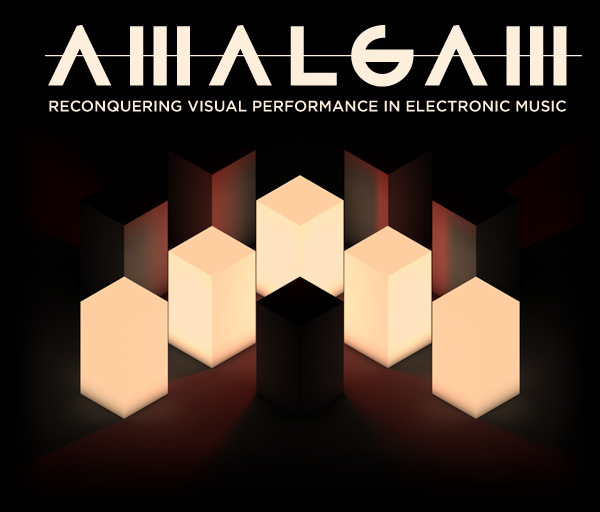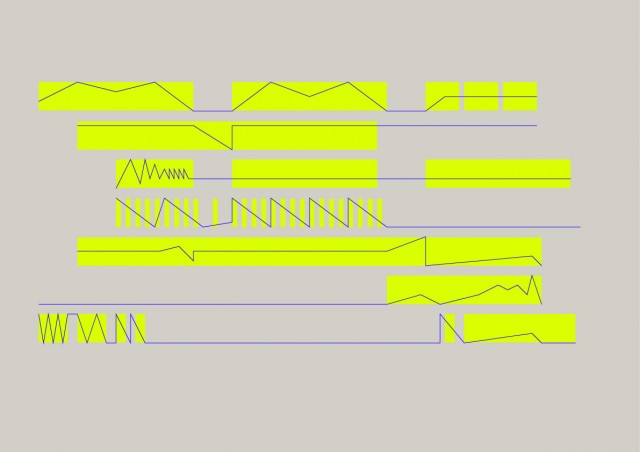Computing technology is an inherently disruptive thing, wonderfully so. It solves problems you didn’t know you had. It creates problems, then creates new problems in even trying to understand those problems. Simply using a computer is a kind of design statement.
You’ve seen questions about what happens with computer performance and audience interaction. But, in AMALGAM, design student Jacob Lysgaard asks those questions, and proposes solutions, in a new way: with a giant talking robot face. (See above.)
Laptop and electronic performance produces a number of symptoms that can be problematic. As the video roboface above puts it, you might find, for instance,
“A lonely man hiding behind a big table onstage.”
Actually, I sometimes do feel lonely and like to hide. Then again, I don’t necessarily have to invite other people for that. So, in that spirit, here’s the latest in a long line of design ideas for re-imagining computer performance. Maybe at this point, this isn’t solving a problem: maybe it’s design, reorganizing the experience of musical activity around a technology that could really be anything.
The solution Lysgaard devises is really rather spectacular, conceptually. Whereas computer performance “solutions” generally involve novel performance interfaces, here, the design delineates the fundamental problem: “real” space (the live performance that’s actually happening) and “virtual” space (the performance that happens only through the machinery of the digital performance, via playback, interactive or otherwise).
In some sense, this is what all responsive visualizations of music do: they create visual evidence of what you’re hearing, producing the artefact of the activity that the virtual sound lacks.
But, then, you’re not always concentrating on what an acoustic musician is doing with their physical instrument, either; you’re often lost in the music. And that is to say, you might just trip out watching all these bobbing cubes and virtual selves. And I think that’s okay.
Here’s just the visualization of how the scheme works, in case you zoned out watching Mr. Roboto in the earlier video:
Various visualizations are presented on the designer’s Behance portfolio. Suffice to say, while the representations here are abstract, other styles are possible – even M.C. Escher variations:
AMALGAM
Read the full explanation of the project, as well as its inspirations, on Lysgaard’s blog:
AMALGAM – my bachelor exam project
The work was a degree project in visual communications for the design department of the Bergen National Academy of the Arts in Norway.
I love the logo for the project:

I’m saving my favorite bit for last: a kind of visualization – or at least visual reduction – of representations of music in Ableton Live.

Terrific work; Jacob. I’ll be interested to see how this evolves in performance.